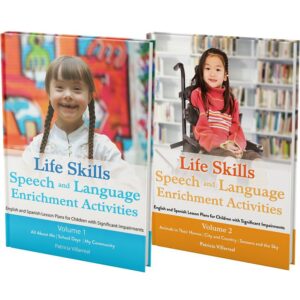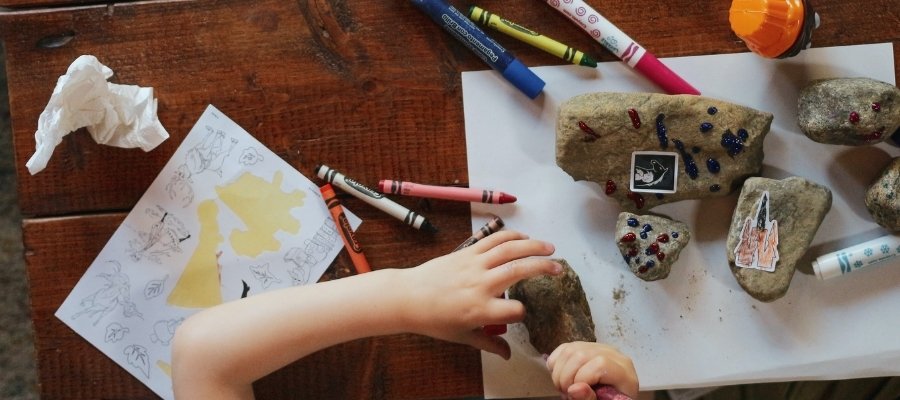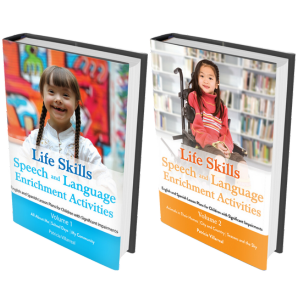For those of us who have had the opportunity to work in a life skills classroom we know that it can be the most rewarding and most challenging experience. The problem is that this situation is almost always heavily weighted toward the challenging end of the spectrum. But does it have to be?

What makes life skills intervention so hard?
It is the fact that we can rarely produce intervention materials that can be used again and again because each activity has to be individually modified for each student. The degree of severity across students differs radically. And what about considering augmentative communication, hearing loss, low vision, and reduced mobility? Therein lies the dilemma.
Can we increase efficiency and effectiveness in life skills intervention?
YES! The answer lies in the lesson planning itself. Materials may not work with all of your students and definitely not with all of the students you will have next year. Generating specific intervention activities is effective in the general education setting but with regards to life skills, we just need to set this idea down. What we can do is:
- Create generalized therapy materials around an academic topic
- Create a spectrum of ways to modify each activity
1. What should we focus on?
We are awash in information on goals, curriculum-based intervention, and inclusion. However, we need only ask our teachers for the core curriculum that they will be covering in the next coming weeks. Here is the way that we divided up our lessons to address much of what is focused on in the year around 9 traditional academic topics.
See an example of one of these units
- All about Me
- School Days
- My Community
- Animals (in their homes)
- City and Coutry
- Seasons and the Sky
- Tools we Use
- We all Work Together
- Five Senses
2. Modifying Life Skills Interventi on Activities
on Activities
In a project we began in the elementary schools, we asked ourselves what the most difficult aspects of working in a life skills classroom are. These are not going to be unfamiliar to you.
- Serving a wide range of impairments (cognitive, physical, behavioral, etc.)
- Needing to support a variety of communication abilities
- Accommodating a variety of student schedules due to educational needs
- Having a l ack of age-appropriate materials/content to meet student needs
Next week we will dedicate the post next week to Modifying Intervention for the Life Skill Classroom.
See you there!



 on Activities
on Activities

